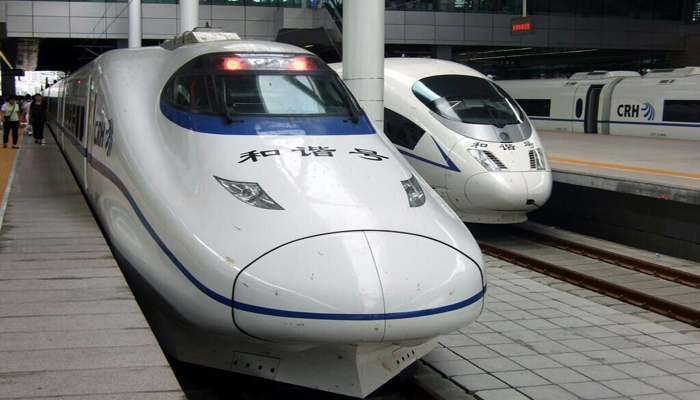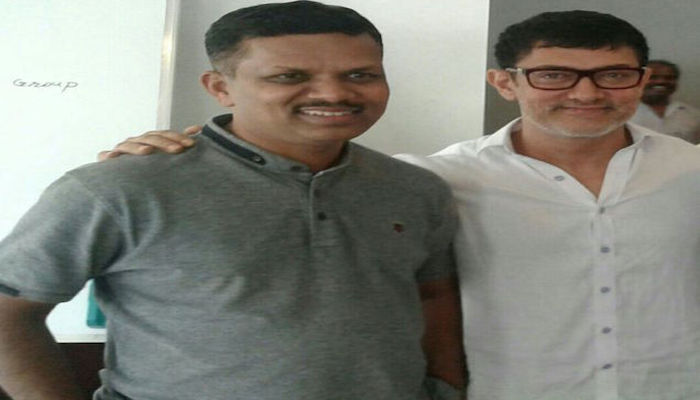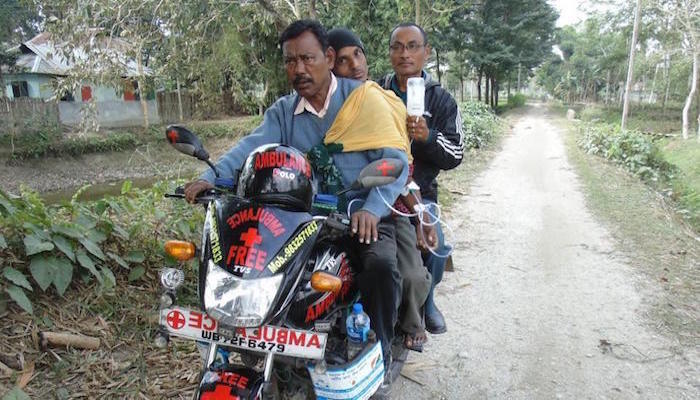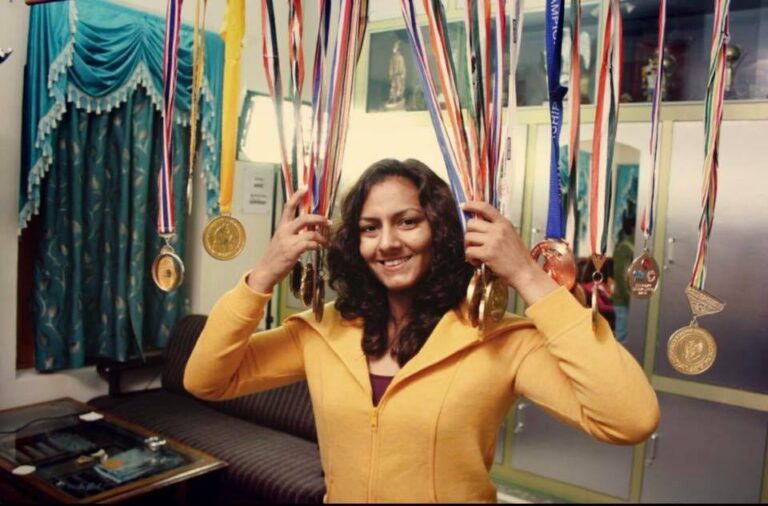Digitalisation, which Prime Minister Narendra Modi is touting as the panacea for the country’s ills, is a double-edged weapon. If it can help solve problems, it can also make the job of the rogues easier. It was the digitalisation that turned small examination frauds into what has now come to be known as Vyapam scam of Madhya Pradesh, the country’s biggest examination and recruitment racket, having affected careers of thousands of young girls and boys. There is no record of how many of them must have ended their lives in sheer frustration.
Vyavsayik Pareeksha Mandal (Vyapam) or Professional Examinations Board (PEB) was constituted, initially, to conduct tests for admission to medical colleges (PMT). Later on, the tests for admission to engineering colleges (PET) were also entrusted to the Vyapam. In 2007, Chief Minister Shivraj Singh Chouhan entrusted to Vyapam the responsibility of making recruitments for some government departments, public sector undertakings and semi-government bodies also, which was till then handled by the State Public Service Commission. The avenues of earning money and obliging important persons thus widened further with the recruitments being made for various departments such as the police, education, transport, civil supplies and weight and measures.
The modus operandi used in the scam was somewhat like this: the candidates for PMT who had done well will be disqualified and other names (either on the recommendation of some important person or against payment of a heavy amount) will be shown as having qualified, and even put in merit list, for admission to medical colleges. After investigation, the Special Task Force (STF) of Madhya Pradesh police has come across names of doctors working in important government hospitals who had not even appeared in PMT but had been declared qualified against payment of hefty sums. The young boys and girls who had worked hard for their tests were just at a loss to understand what went wrong.
Dr Anand Rai, an Indore-based ophthalmologist who has played an important role in exposing the Vyapam scam, explains the traditional methods of cheating as ‘impersonation’ and ‘engine and bogey system’. In the first the admit card of a candidate is used by replacing the photograph of the candidate with that of the impersonator. In the ‘engine and bogey system’ the person appearing in the test is strategically seated between two candidates by the Board officials and he/she can copy from their sheets. The Board officials, examiners and impersonators are paid hefty amounts.
Then a third method was evolved by Vyapam officials to help the paying candidates; they were asked to leave their answer sheets blank and were given high percentages after the exam. Later on the records were changed or destroyed.
However, this all changed with the digitalisation. There was no need for assembling impersonators or making seating arrangements in the exam hall. Just the name of the candidate who has appeared was replaced with the scam beneficiary with high marks (according to the money paid) in the excel sheets. This turned out to be so simple a method for getting ‘one’s own candidates’ selected that Chief Minister Shivraj Singh Chouhan took the recruitment in several departments out of the jurisdiction of the State Public Service Commission and entrusted it to Vyapam in 2007.













